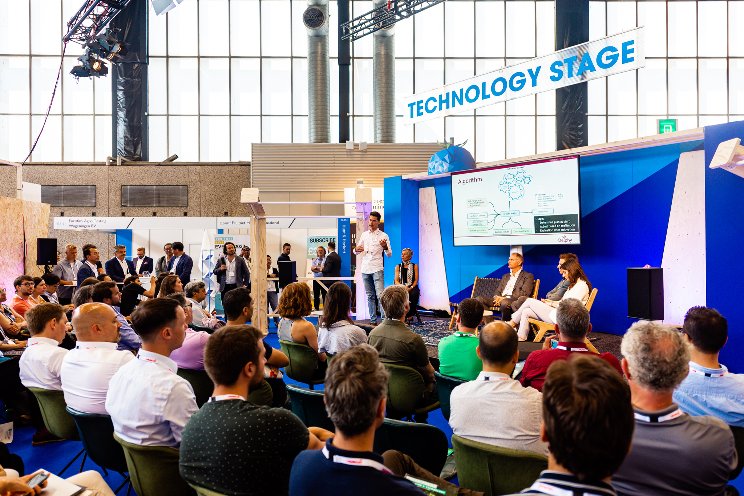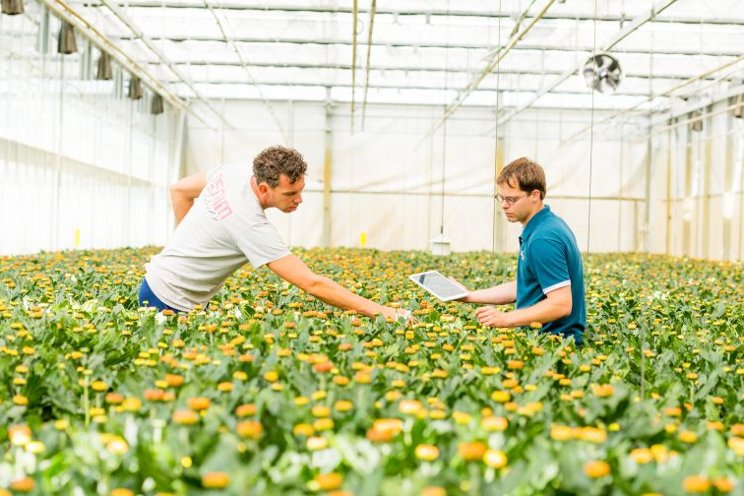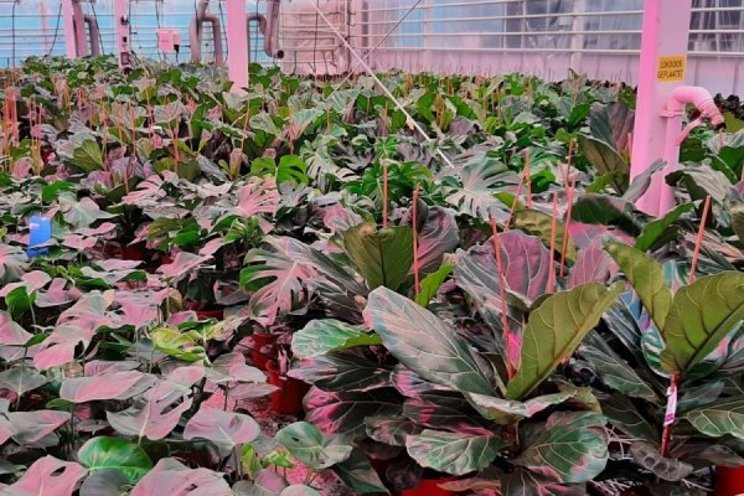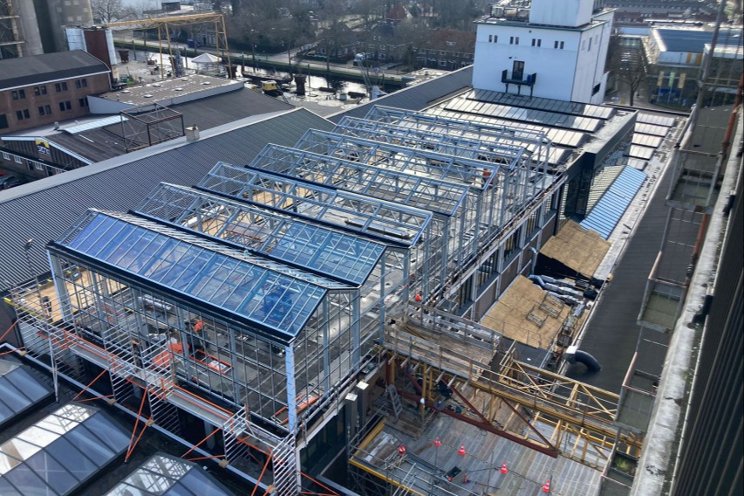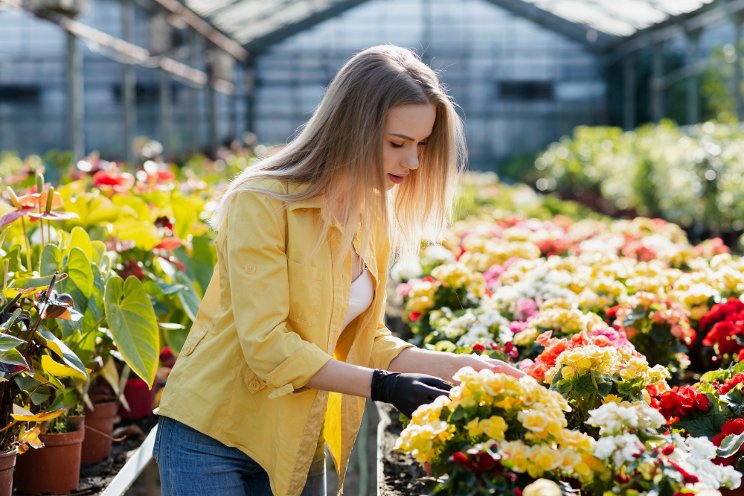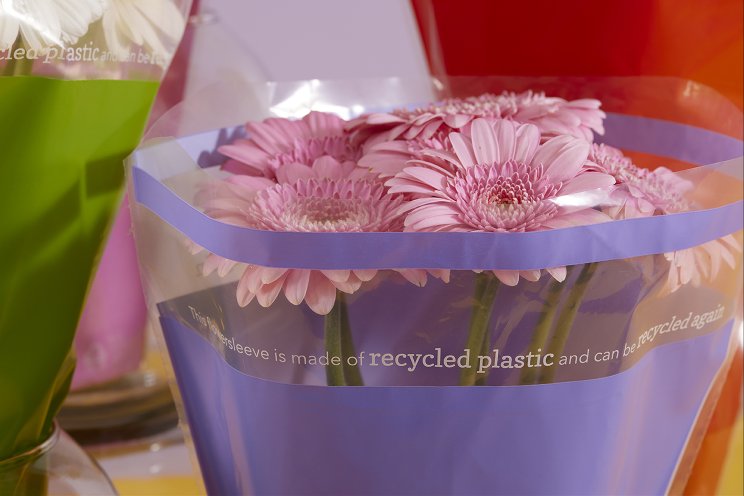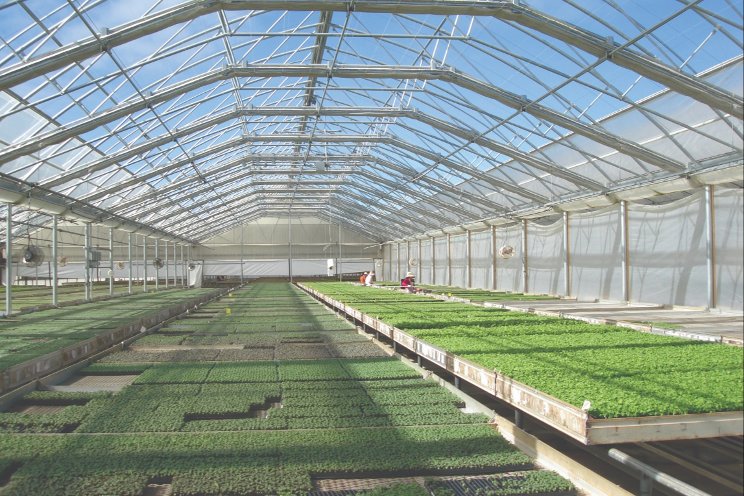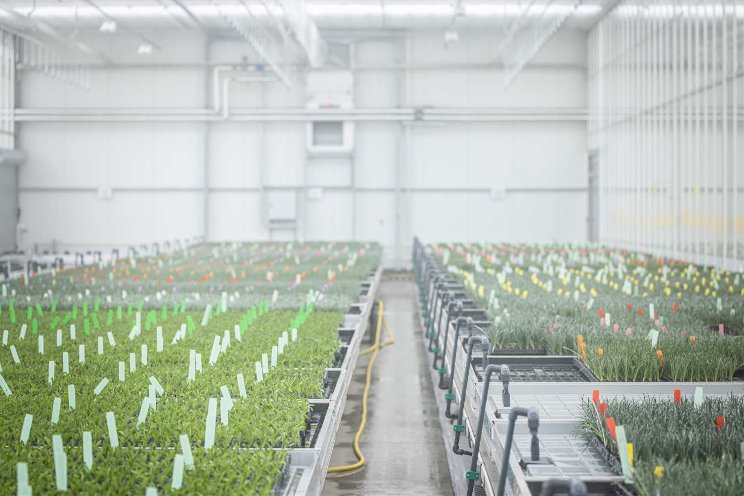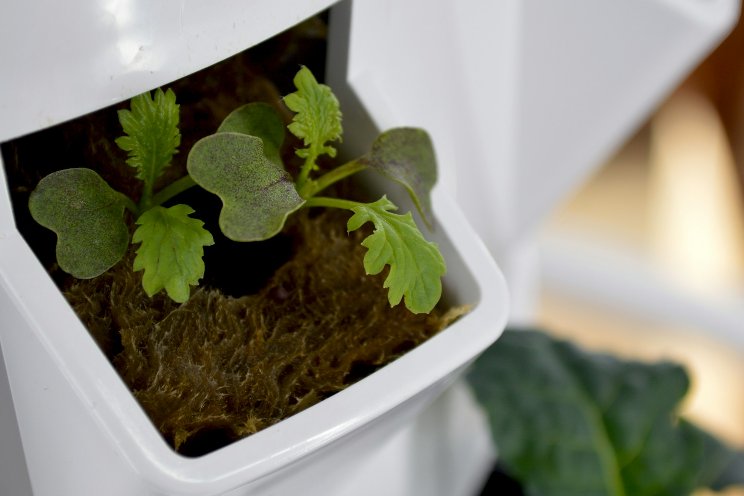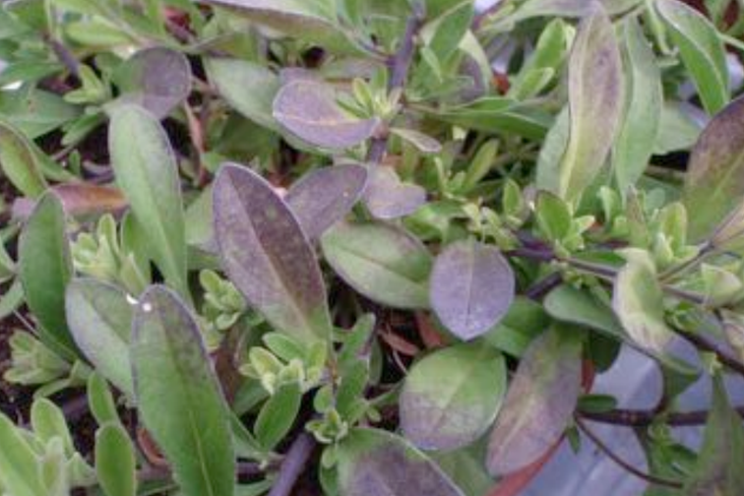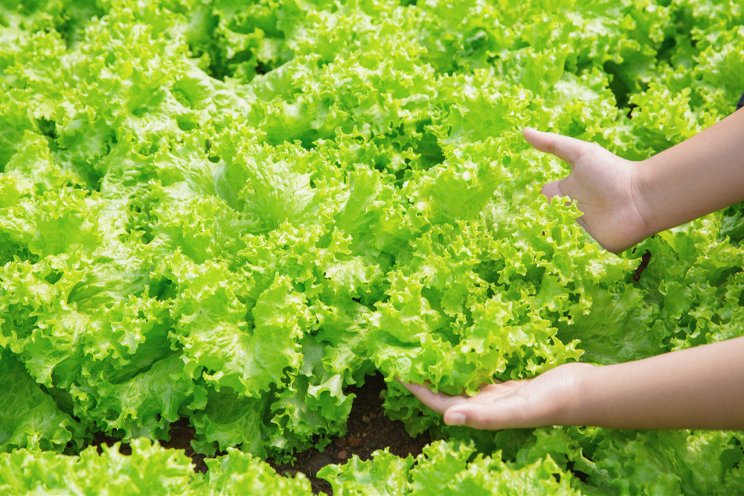4 of the biggest challenges for CEA intrepreneurs in India
Added on 13 June 2022
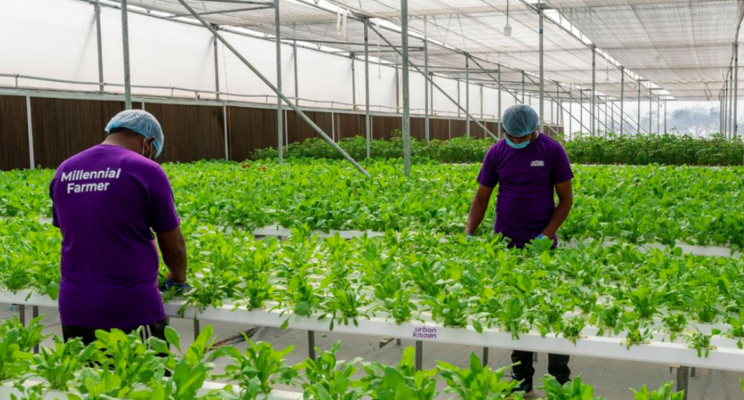
Drawn in by the hype around vertical farming skyscrapers and venture capital funds, entrepreneurs face numerous startup and design challenges in setting up their own urban farms. Here are the top four obstacles we've observed in the struggle to establish a thriving CEA industry in India, aided by data collected through Agritecture's online farm planning platform, Agritecture Designer:
#1: The battle with policy initiatives and subsidies
According to Agritecture's consulting partner TruFarm Co., "each state government in India has laid out various schemes in which it is offering a subsidy for setting up greenhouse structures as well as subsidies for setting up the cold chain infrastructure." This is a result of the government realizing "the importance of protected cultivation and hence wanting more and more farmers to get into the production of crops that are high in quality."
Despite this governmental recognition, there is a fine line between what types of agriculture are and aren't subsidized in India. According to consulting partner Eat Neat Project, "there are subsidies for greenhouses and aquaculture operations available but not for vertical farms, or hydroponic and aquaponic operations. Because of this, such operations are not a very profitable option in India, even though they can grow vast amounts of produce."
Editor's Note: One of Agritecture's predictions for the future of agriculture in 2022 was that more cities and countries would push urban agriculture policy initiatives forward. As part of this, Agritecture will be publishing more content about the need for increased agriculture in cities globally. This is the second post of a two part series featuring information derived from Agritecture Designer's findings, and interviews between Agritecture and the Indian CEA consultancies TruFarm Co. and Eat Neat Project. Read the first article HERE.
Photo: BASF Venture Capital (BVC) invests in the Indian hydroponics pioneer UrbanKisaan; image sourced from BASF
Source: HortiBiz
More news
